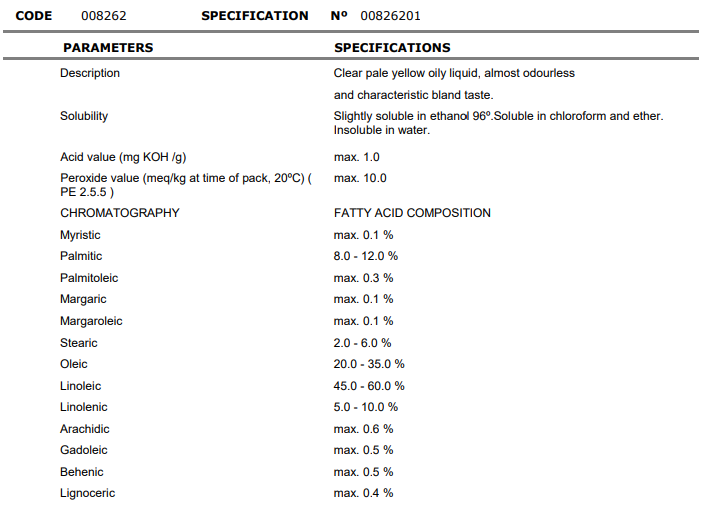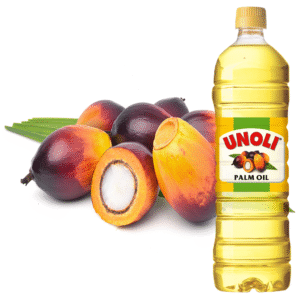Refined Soybean Oil
Soybean oil is made by extracting oil from whole soybeans. This process involves dehulling and crushing soybeans, separating the oil from the rest of the bean, and distilling and refining it to remove contaminants that may affect the flavor, smell and color of the oil. Soybean oil is used in a wide variety of packaged foods, baked goods, snacks, dressings and sauces, in addition to being sold on its own as a cooking oil. It’s considered to be a vegetable oil and is often sold as a blend with other oils, including canola, corn, safflower and sunflower oils.
Soybean oil is a versatile cooking oil and can be used for everything from salad dressings to deep frying. Because of its versatility, it remains one of the around the world. Its neutral taste makes it an easy substitute for other vegetable oils in most recipes. Soybean oil has around 450 degrees Fahrenheit), which means it can be used for cooking food at high temperatures—think roasting, baking, sautéing and frying—without breaking down. Soybean oil can be refrigerated for extended freshness without solidifying. It may become cloudy when refrigerated, but this effect is harmless and will clear when the product is warmed to room temperature.
So far in this series, we’ve tackled the basics of whole soybean foods, soy-derived ingredients and soybean oil. Stay tuned for the final article, where we bring it all together and talk about soy’s impact on human health.













Reviews
There are no reviews yet.